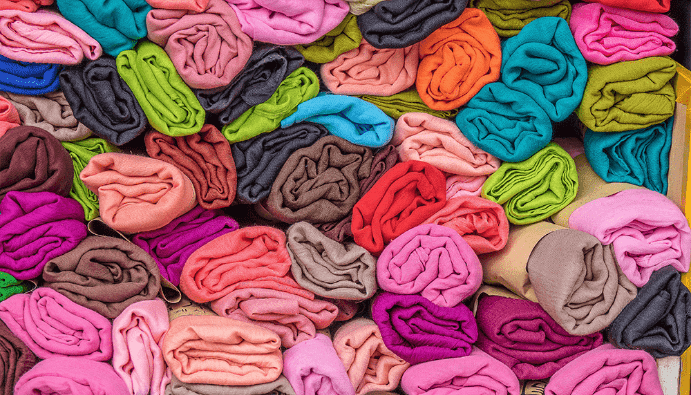
BLOG
KATEGORİDEKİ DİĞER YAZILAR

Phthalates are chemical compounds known as plasticizers and are often used to increase the flexibility of plastics. However, they can be used not only in plastics but also in textiles. Phthalates are preferred to give fabrics properties such as water resistance, durability and color vibrancy. However, the potential harmful effects of these chemicals on human health are a major concern.
Phthalates can enter the body in several ways: through the skin, through inhalation or through the mouth. Studies show that phthalates can disrupt hormonal balance, weaken the immune system and even increase the risk of cancer. Children and pregnant women are particularly vulnerable to phthalates.
Phthalate determination is necessary to determine whether phthalates are present in textile products. Phthalate determination is an analytical method used to detect traces of these chemicals in textiles. These tests help to verify that products are safe and meet health standards.
Textile products without phthalate determination can pose serious risks to both manufacturers and consumers. Therefore, manufacturers of textile products need to monitor phthalates and take care not to use them in their products. It is also important that consumers are aware of this issue and prefer safe, certified products.
There are several important points to consider when choosing healthy and safe textile products:
Nanolab Laboratories Group continues to provide services within the scope of Phthalate Determination in Textiles. We also provide services for the determination of Dimethyl Fumarate (DMFu) in Footwear.
Contact us for more information.
You can follow us on LinkedIn for up-to-date news and posts about our services.
Follow our Instagram account to be informed about our latest blog posts.